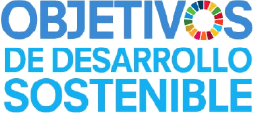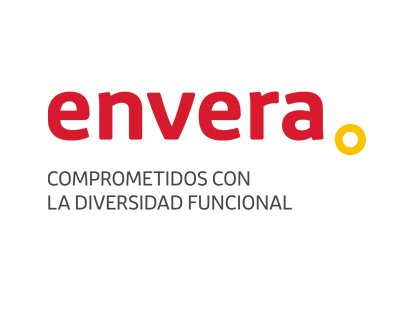The primary function of language is communication and, therefore, social exchange. From social interaction and language, human beings develop higher psychological functions. With this in mind, it is important to promote communication with children from birth. Language arises from the interpretation of gestures or sounds, imbuing them with meaning.
- During the first three months: the child begins to make its first visual, auditory and tactile discriminations, starts gurgling, looks for us with its eyes and tries to touch us. From the first moment we start basic communication exercises, making hand movements with the aim of looking for his gaze. We talk to him before picking him up so that he can anticipate us, we respond to his chirps by active listening and verbal responses. Little by little, language develops. For this, it is important to share these moments and make sure that they enjoy them and share them as well.
- From 4 to 6 months: spontaneously directs his gaze towards the sound, so there is an active search for our voice. He expresses joy and anger with his sounds, his attention is much more selective to music or sound objects and his babbling resembles the first words. In this second phase we work on active listening, which allows us to verbalize to the baby the states of joy or anger. Bidirectional communication begins, and we transmit to the baby that he is angry or happy for specific reasons. Babbling can be interpreted through concrete words such as "water", "daddy", or "mommy". Language is pure interpretation of the first sounds we emit: with the first syllabic emissions "mama, mama", we can interpret that he is calling mama, and this makes the child relate the word with the referent, and repeat the same sound again, but with a meaning.
- From 7 months to 1 year: begins to enjoy interactive play with adults. He likes nursery rhymes that are accompanied by simple gestures, pays much more attention when spoken to and already recognizes some familiar and simple words, showing joy or a change of expression in response to them. In this third phase, he begins to communicate with his eyes when he wants something and we should begin to encourage him to indicate it to us with his finger. We will thus encourage a more communicative use of his emissions, so we will continue to hold small conversations at his level, listening to him and talking to him, thus enhancing his language.
Often, in the communication process we forget about non-verbal communication, such as gaze, gestures, expressions, among others. Nowadays, it is becoming more and more normal to speak to those around us without looking at them; we give or receive messages with our eyes fixed on other objects (cell phone, TV, computer, etc.). This causes communication to deteriorate and there are more and more problems related to language acquisition in children.









